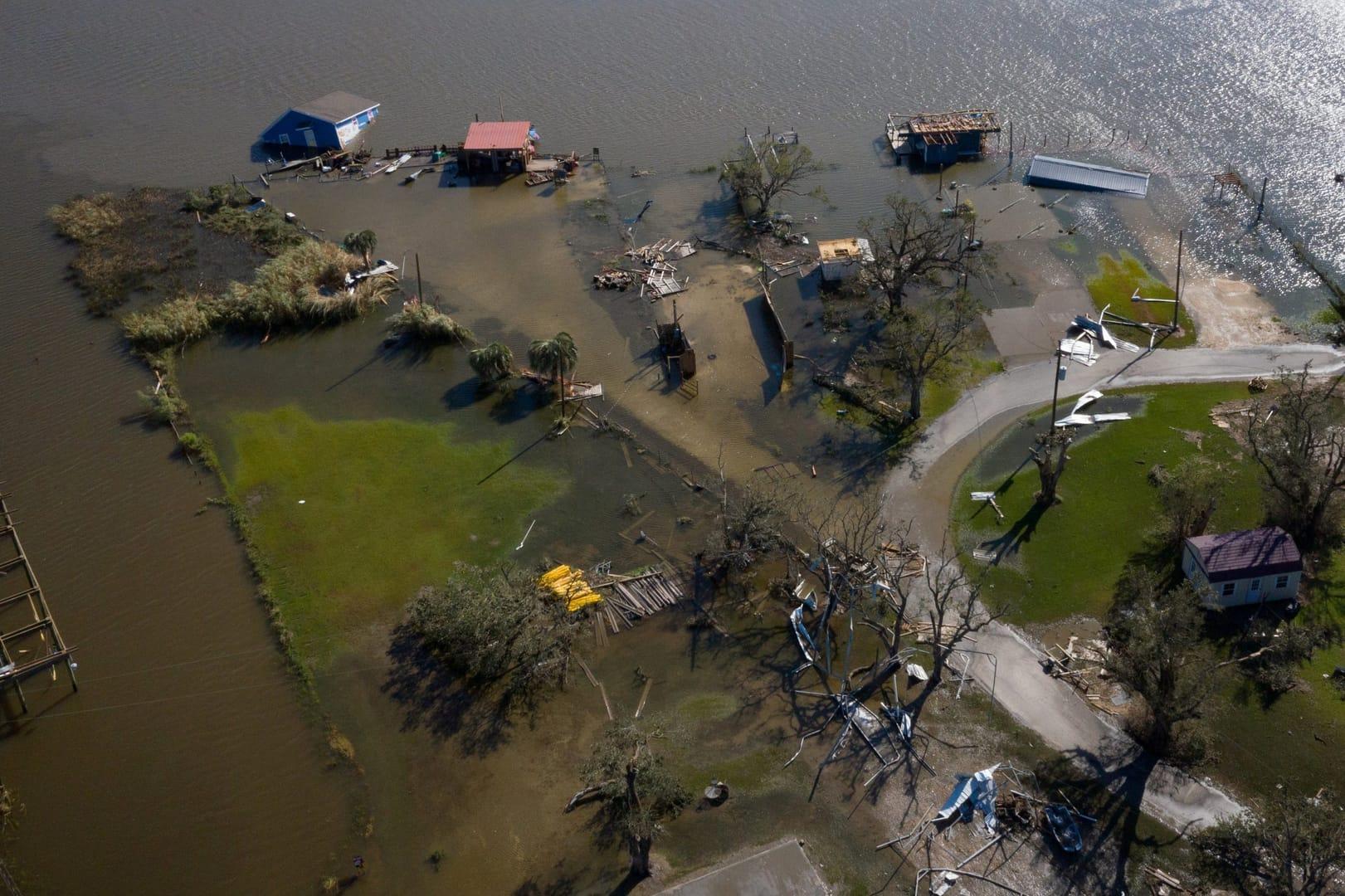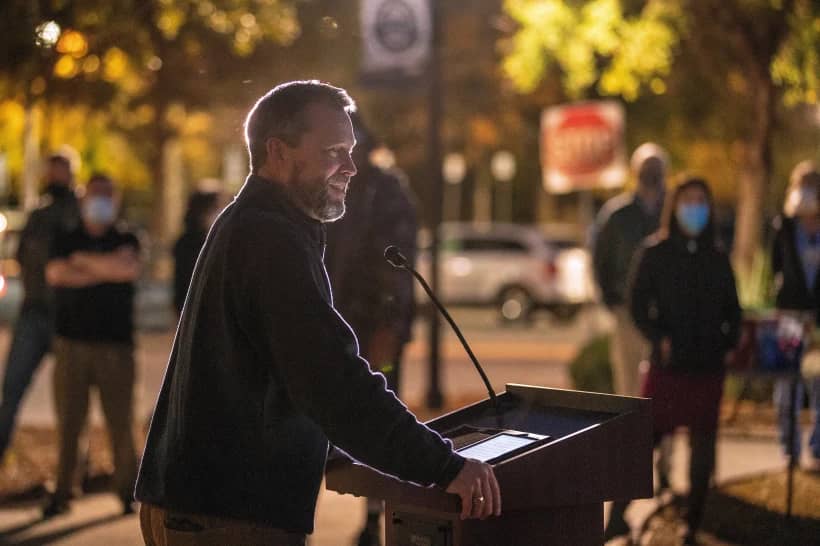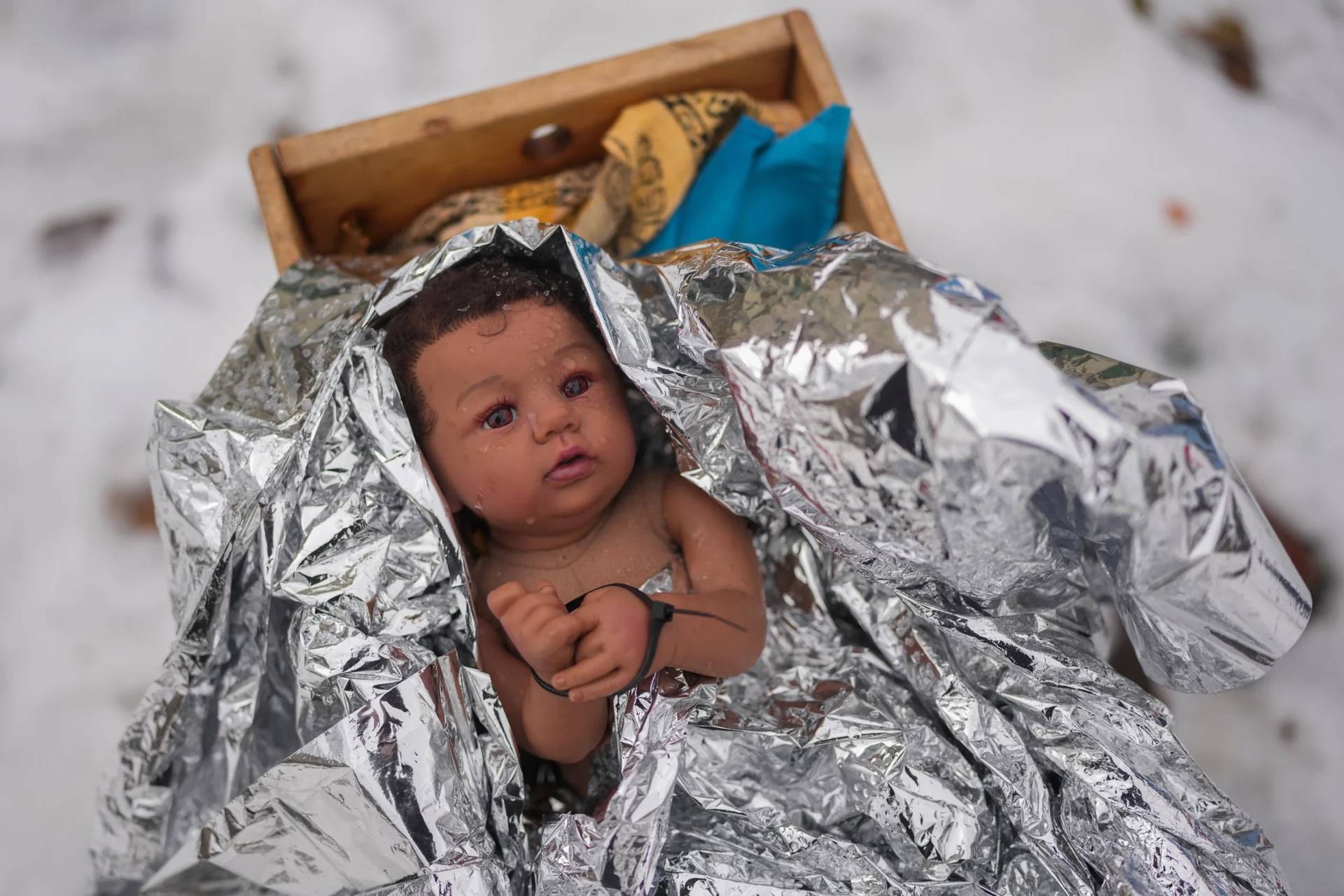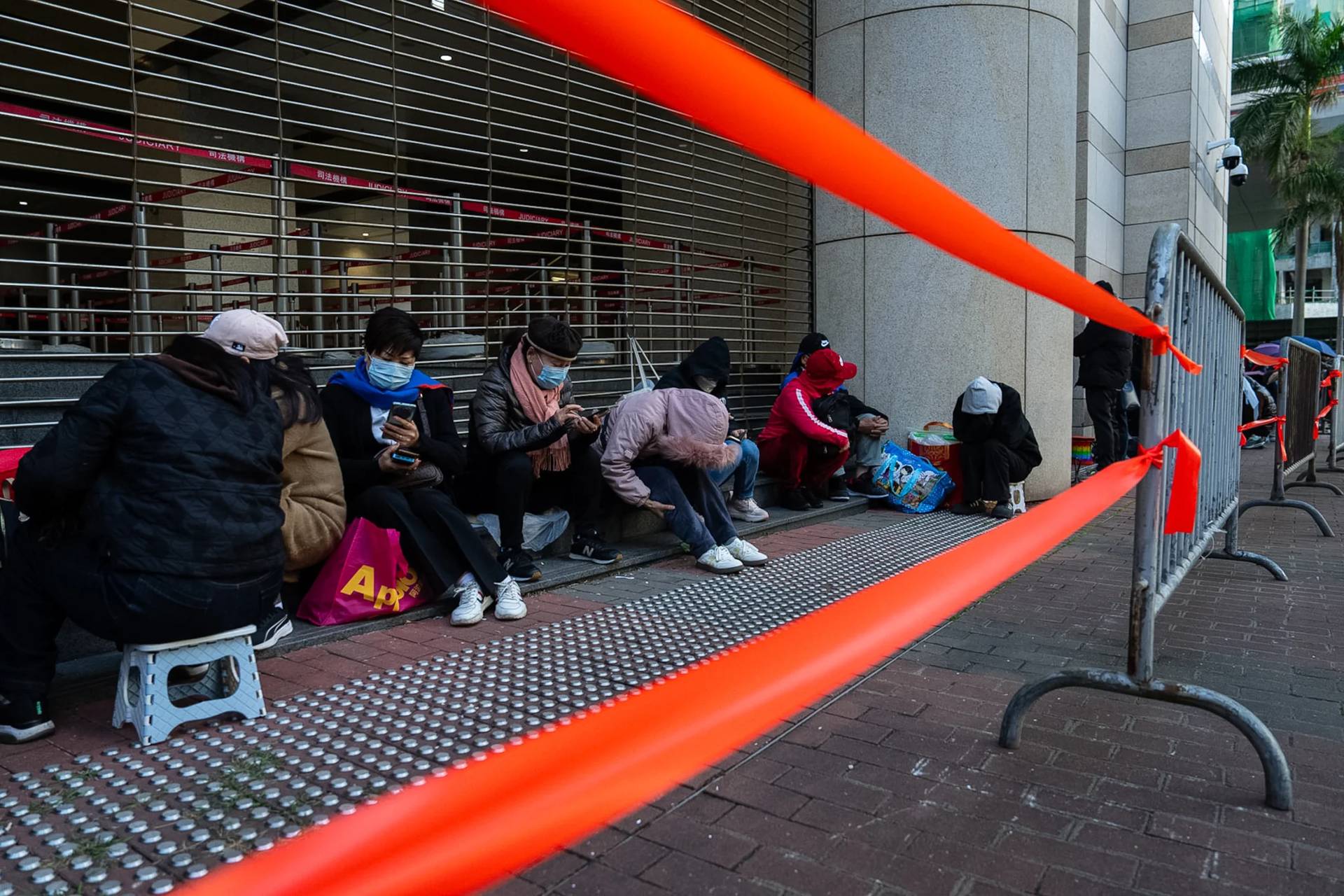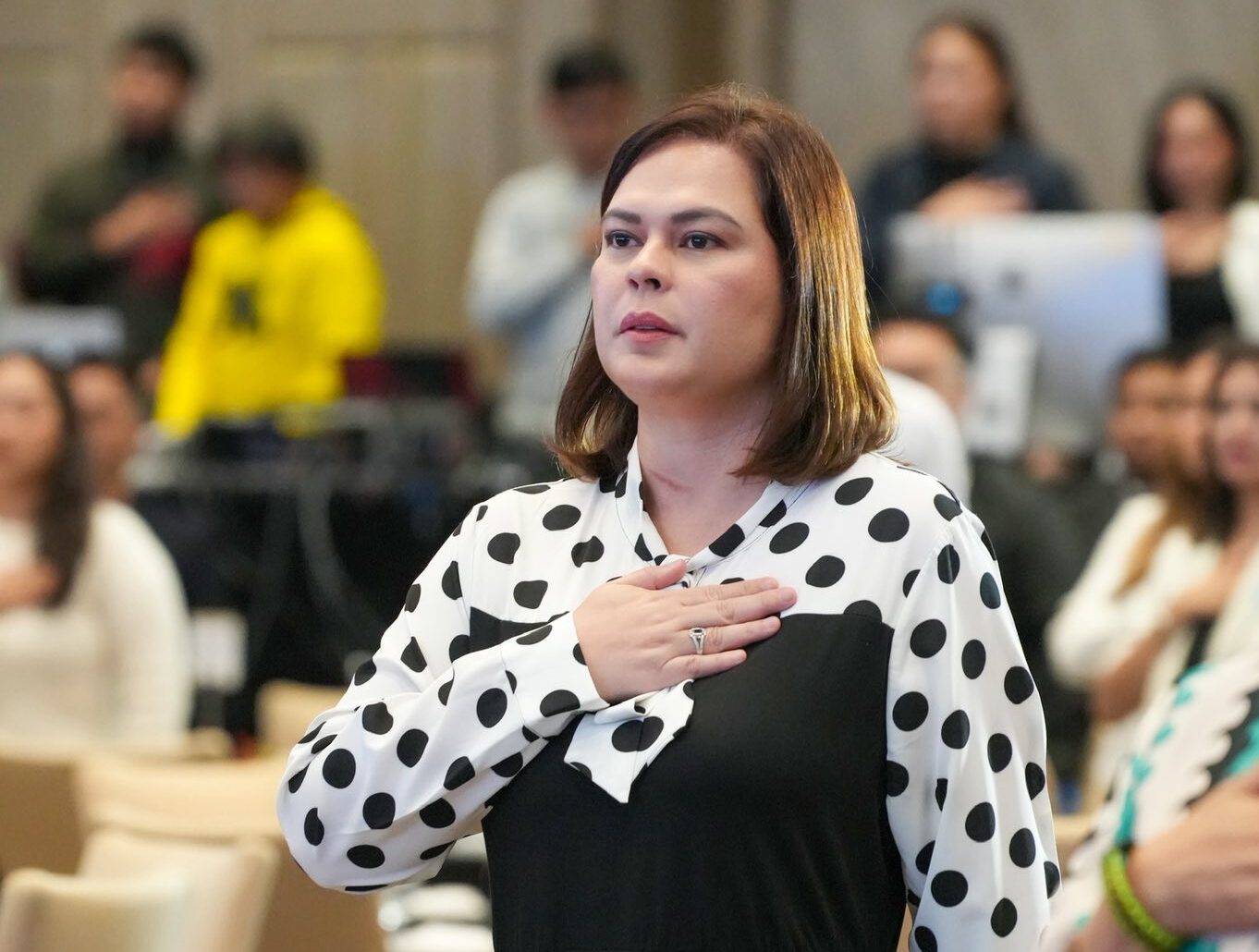PORTER, Texas — Meris Bridger had seen hurricane damage before, but never to her own family’s home.
She helped renovations in New Orleans after Hurricane Katrina, but that was 15 years ago.
And the place she spent holiday celebrations for decades now had a massive pine tree that split the home in two like a log.
When Laura’s path was projected between Houston and New Orleans, the millions in the region shuddered. Memories of Katrina, Rita, Ike and Harvey were all too familiar and too recent.
Then Hurricane Laura made landfall 35 miles east of the Texas-Louisiana border Aug. 27, the Category 4 storm shredded the region with 150 mph winds bringing catastrophic damage.
Bridger’s parents, at their creek side home in Mittie, Louisiana, some 55 miles northwest of Lake Charles, rode out the storm at home.
While Bridger slept in her Houston-area home, her father Charles Chaumont, in Mittie, got out of bed to talk to his wife, Lynn Chaumont, who was in another room. Seconds later, a massive pine tree — one of many that surrounded their home –- crashed through the roof and onto the bed where he had just been resting.
The outside was now inside.
Bridger’s parents would safely make it through the storm, but the storm’s death toll would rise to 16 by Aug. 28, most of the casualties in Louisiana. Total deaths reported Sept. 2 stateside was 24.
No power and no phone service made it difficult for Bridger, the religion coordinator and middle school religion and social studies teacher at St. Mary Magdalene Catholic School in Humble, Texas, to reach her parents. But when she did, she heard her mom choke up on the phone.
“It’s bad,” her mom said. “It’s really, really bad.”
In her mind, Bridger pictured downed trees around the home, but not inside the house. Located near the Whisky Chitto Creek, the house was up on towering 15-foot stilts that protected it from floods, but not wind.
That next day, after posting on social media about her parents’ being safe, Bridger prepped to head east to help. Then came a deluge of assistance, with friends, colleagues and family all pitching in to offer aid. Water, tarps, chainsaws, even a donated generator and delivery truck to carry the supplies, would travel with her and her husband Brandon to Mittie to help.
What she saw was worse than she imagined.
On the drive, which usually takes three hours but was nearly five, they saw entire homes moved off foundations. Roofs sheared off houses now sat in fields next to cows. Utility poles, snapped like twigs, blocked roadways.
They saw how trees, shattered in one direction, were pushed in another direction altogether just five minutes down the same road.
When they finally got to her parents’ home, there was no sense of relief yet. The half-mile road into the property was impassable, but she could hear the faint sound of chainsaws revving. Trekking past a jungle of downed trees and branches, she finally saw her father atop a tractor helping direct the tree demolition.
“They really were OK,” she thought, finally seeing her parents.
“Go see your mom. She needs you,” Bridger’s dad would tell her.
Six inches of mud left from Laura’s rain made it difficult as Bridger made her way to her mom. Her sister had arrived earlier, and she saw her mom and her sister in the kitchen, clearing what mess Laura had left.
Then she finally saw the tree that had split the home in two.
Pine trees are a way of life in south-central Louisiana. Native American artists used their needles to weave intricate baskets and craftworks, an art Bridger’s grandparents and parents picked up and passed down between generations. These handicrafts were some of the many things she’d bring back home to keep while her parents recovered.
And the massive, 5,000-pound pine tree, whose needles gave her family art, shared memories and even shade from the Louisiana sun, now cut their life in two.
Bridger’s dad later said that “the trees falling sounded like bombs.”
“It was like warfare outside,” he said.
Bridger couldn’t imagine the sound.
“I’ve never heard a pine snap in half,” she said, “but that’s what they were hearing, right?”
In New Orleans, she had seen how black mold, dripping from ceilings and furniture, destroyed family heirlooms and photographs that hung on the walls, so Bridger claimed these family treasures first, pulling frames off slanted walls.
But Laura’s damage had been done. Several albums had seen significant water damage.
Original photos of her lineage were now warped, some reproductions now bled across the pages.
Her father’s childhood school photos were now pockmarked with damage, original 40-something-year-old paper was now torn and peeling.
Back home, she’d line up them like laundry, any attempt to save her family’s only visual history.
“Just find my rosary,” her dad told her. And her mother, who loves sewing, was able to save her sewing machine.
Still, Bridger was thankful her parents were OK. Thinking about the home and everything that’s been lost, she realized “that everything in there is replaceable, except for my parents,” she told the Texas Catholic Herald, newspaper of the Archdiocese of Galveston-Houston. “I can’t replace my mom and my dad.”
Throughout her brief visit there, her dad often remarked he felt like a king, even after losing his home and nearly being crushed by a tree. Diagnosed with prostate cancer and undergoing treatment last year seemed to have changed his perspective on life, she said. A few moments, he’d look around, and say he was thankful, she said.
Nearby friends rallied to help clear their road from downed trees. A neighbor offered a place to stay and a home for their beloved pets, including cats, dogs and chickens. Bridger made breakfast with the chickens’ eggs that next week.
Bridger had to return home Aug. 31, because that Monday was the first day of the first full week of school, since most schools had several days off because of Laura’s expected arrival.
That Monday, two days after she saw her parent’s home wrecked by a nature, was the best first day of school she ever had, Bridger said.
Her students, also dealing with their own stresses from the pandemic, like remote learning and in-person learning and some of whom knew Harvey’s own flooded reckoning, beamed bright as ever to see their teacher smile back.
Ramos is a staff writer and designer for the Texas Catholic Herald, newspaper of the Archdiocese of Galveston-Houston.
